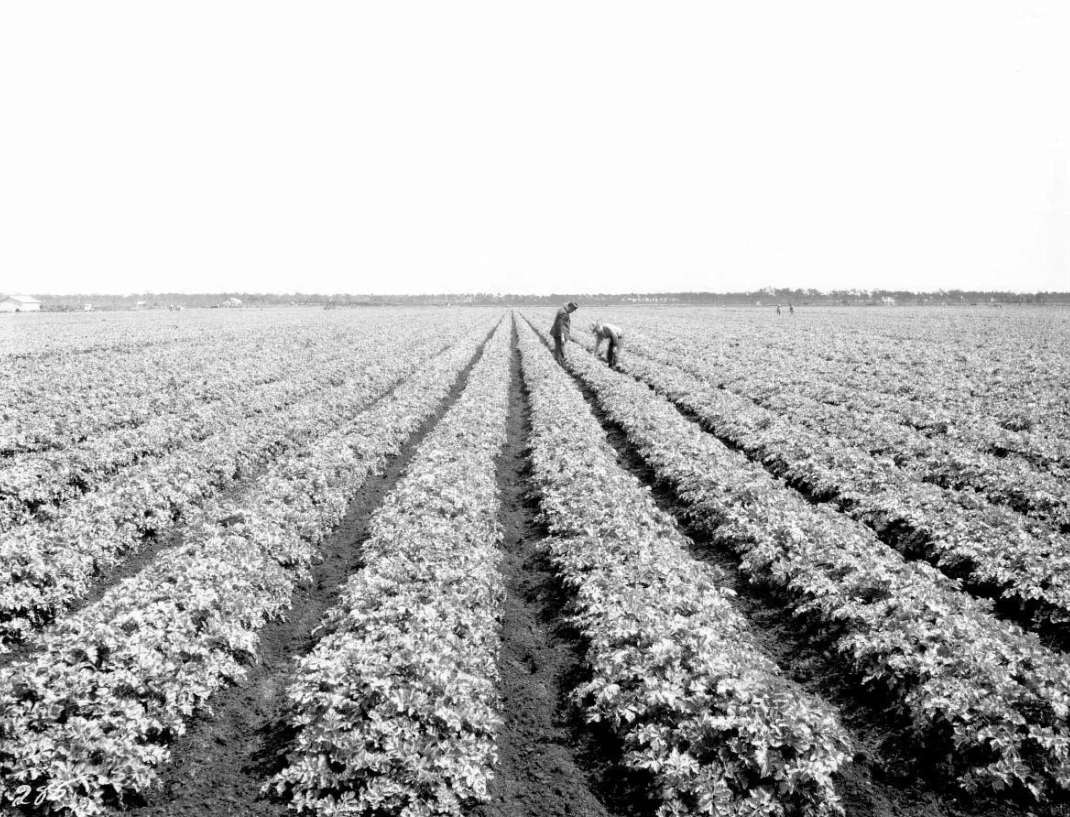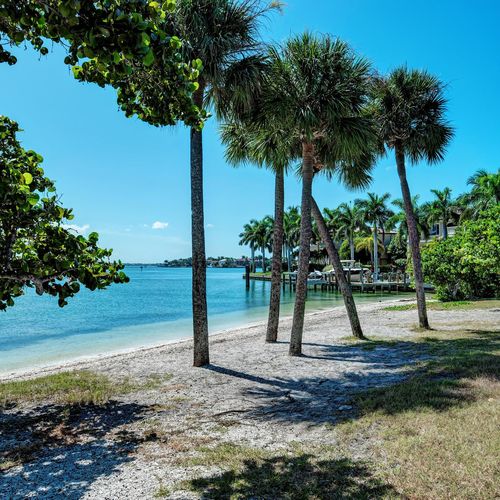Manatee County’s agricultural history—particularly in Parrish and Myakka City—has profoundly shaped eastern Manatee’s rural real estate landscape, values, and market appeal.
Agricultural Roots and Historical Development
Parrish: Founded in the late 1860s by Crawford Parrish, a cattle rancher and citrus grower, the area thrived thanks to open-range ranching, citrus groves, and later, vital rail connections. Families settled large tracts, engaging in cattle herding (with "cow hunters") and farming; produce and cattle were sold locally or shipped, especially to Cuba. The Parrish community soon grew to include packinghouses, general stores, and other civic institutions.
Myakka City: Established in 1915 along the East & West Coast Railroad, Myakka City was designed as an agricultural hub with citrus, vegetable, and cattle farming, plus turpentine and lumber operations. Despite modest growth, Myakka retained its rural character, remaining surrounded by preserved farmland and ranches.
Preservation Through Zoning and Community Efforts
Zoning Laws: Most eastern Manatee County (including Parrish and Myakka) is zoned for agricultural and rural residential uses (typically requiring a minimum of 5 acres per lot). The General Agriculture (A) District supports large-lot agriculture and restricts density to preserve open space and limit incompatible development.
Historic Preservation: Myakka City's historic schoolhouse, built in 1914, has been restored with local and county support, reaffirming community commitment to rural heritage. Parrish maintains agricultural vistas and several architectural landmarks, aided by entities like the Florida Railroad Museum, which operates excursions on historic tracks.
Lasting Influence on the Real Estate Market
Rural Appeal: Large parcels (5–50+ acres), often with agricultural tax exemptions, mature trees, and scenic views, draw buyers seeking equestrian estates, small farms, or private retreats. The authenticity—open land, old barns, and community culture—cannot be easily replicated in more suburbanized parts of Manatee County.
Controlled Growth: While substantial residential development is occurring (notably near North River Ranch and projects like Sunchase), much of Parrish and Myakka remains protected from high-density growth by zoning and conservation easements. Certain areas are seeing balanced new construction, but vast tracts remain agricultural or natural.
Market Trends: Demand for rural properties has surged, particularly post-pandemic. Buyers hail from nearby cities and out-of-state, attracted by space, lifestyle, and proximity to Bradenton, Sarasota, Tampa, and major highways.
Historical Identity as Value Proposition
Cultural Connection: Legacies of early ranchers, citrus growers, and preserved public buildings offer not just land, but also rich stories and a sense of continuity. The Florida Railroad Museum in Parrish and the restored Myakka School House provide living links to this historical identity, enhancing local pride and value.
Quality of Life: Even as development presses westward, Parrish and Myakka City stand out for their blend of rural tranquility, authenticity, and access—offering a rare combination for those who value history, space, and privacy.
In sum, the agricultural legacy of eastern Manatee County remains the defining force behind its real estate market, character, and livability, with present-day policies and community actions continuing to uphold this unique rural appeal.
- Manatee County’s Agricultural Past and its Influence on Today’s Real Estate Market
- Discover the Most Notable Parks in Sarasota County
- Why Sarasota’s Top-Rated School Districts Make It a Smart Move for Families
- Marie Selby Botanical Gardens: A Visionary Transformation in Downtown Sarasota
- Making Homeownership More Attainable: The Florida Hometown Heroes Housing Program
Search
Recent Posts
Share My QR |
|
Success!




Leave a Reply
You must be logged in to post a comment.